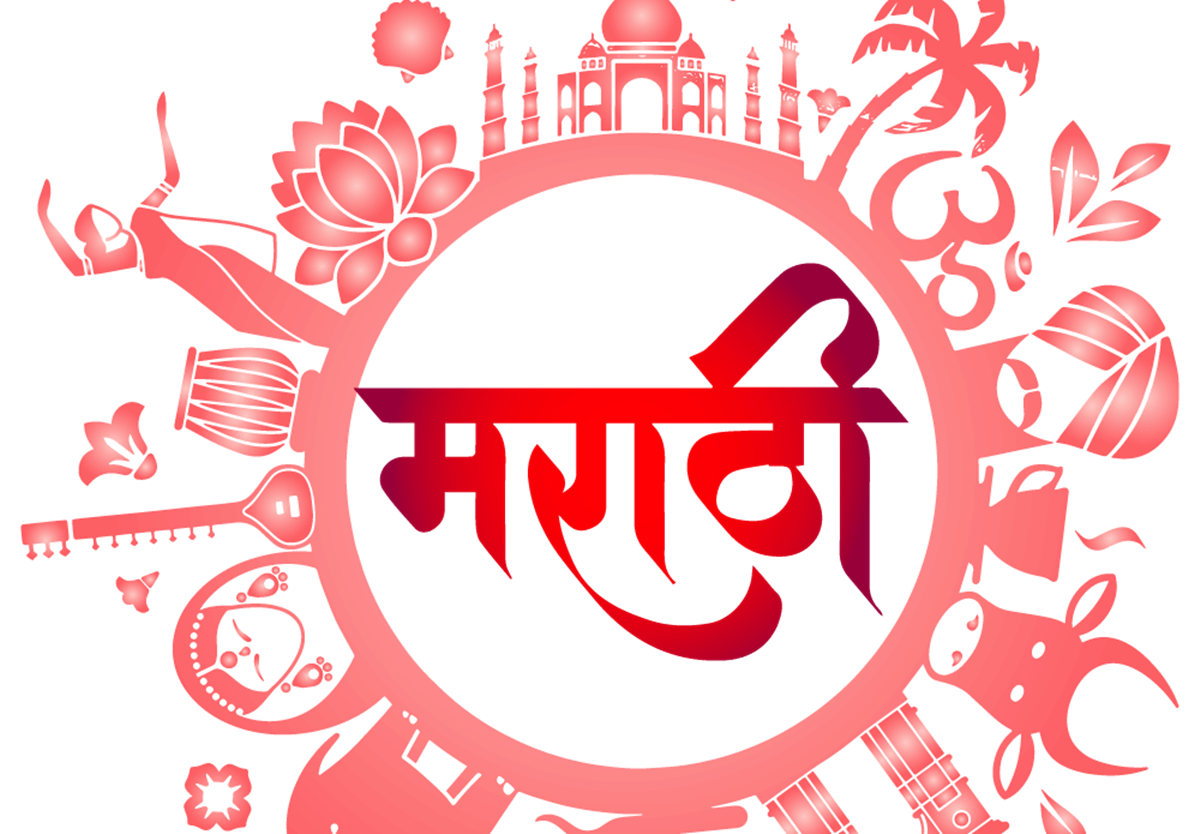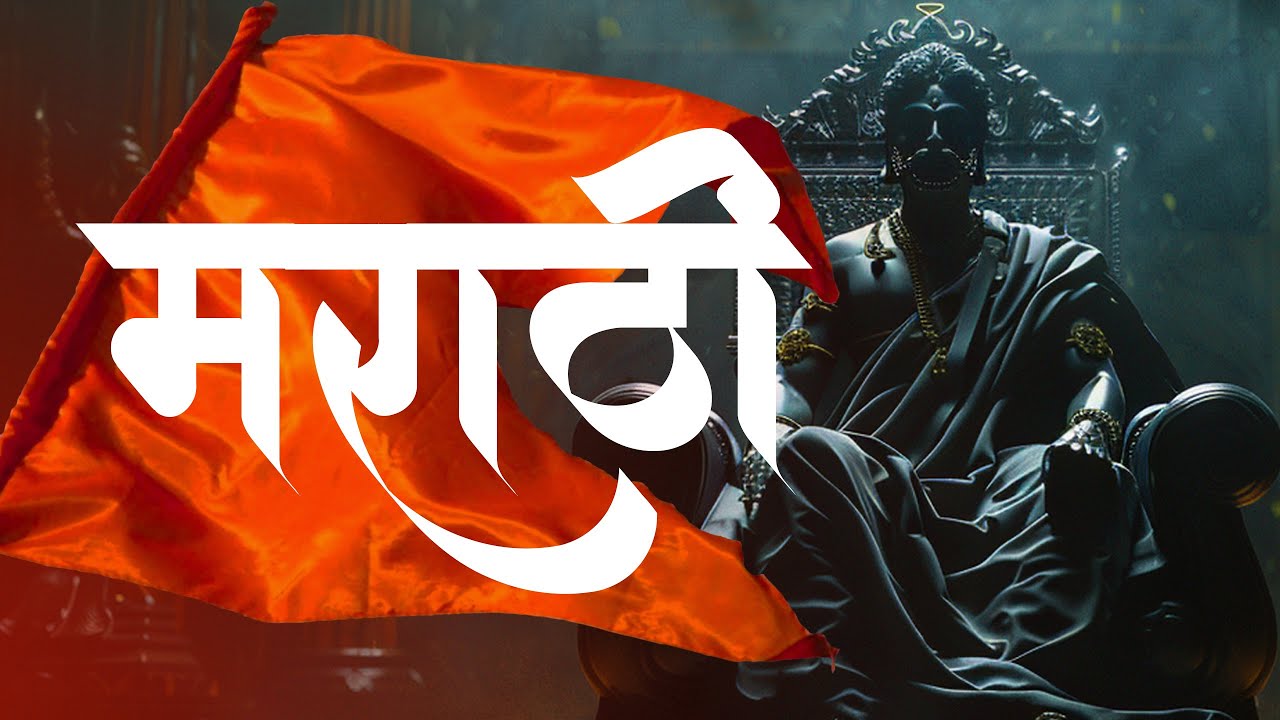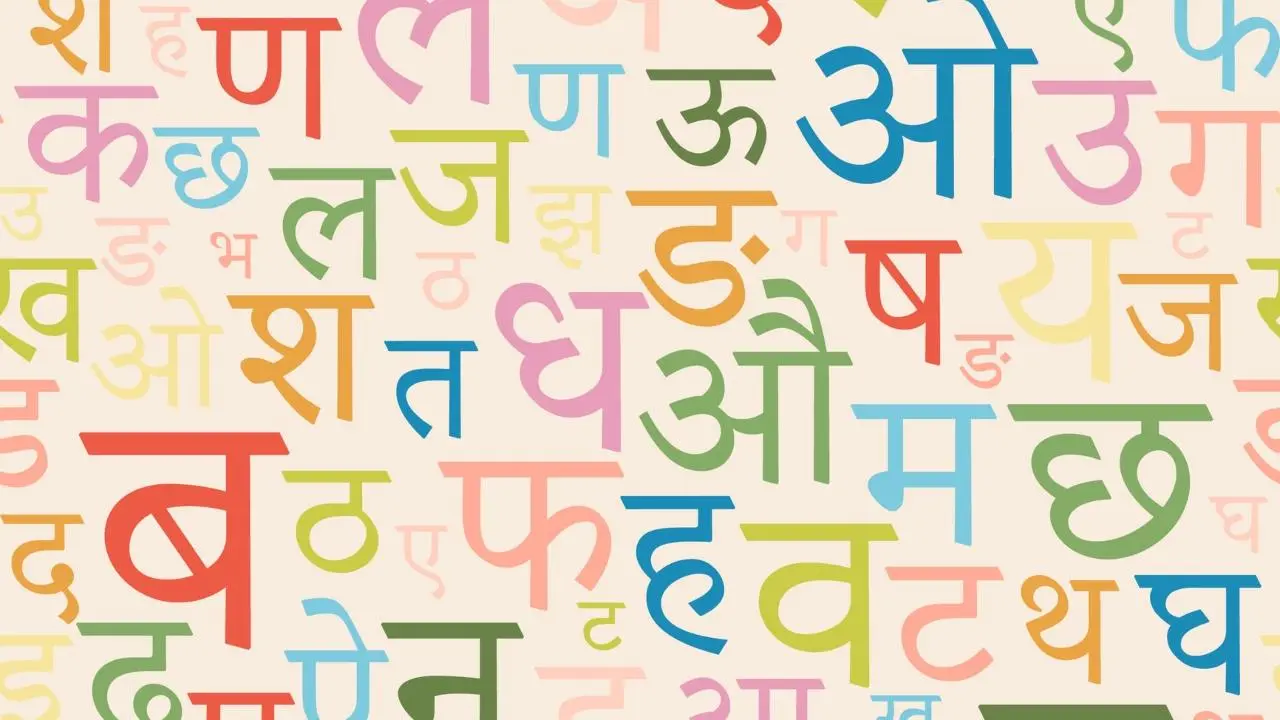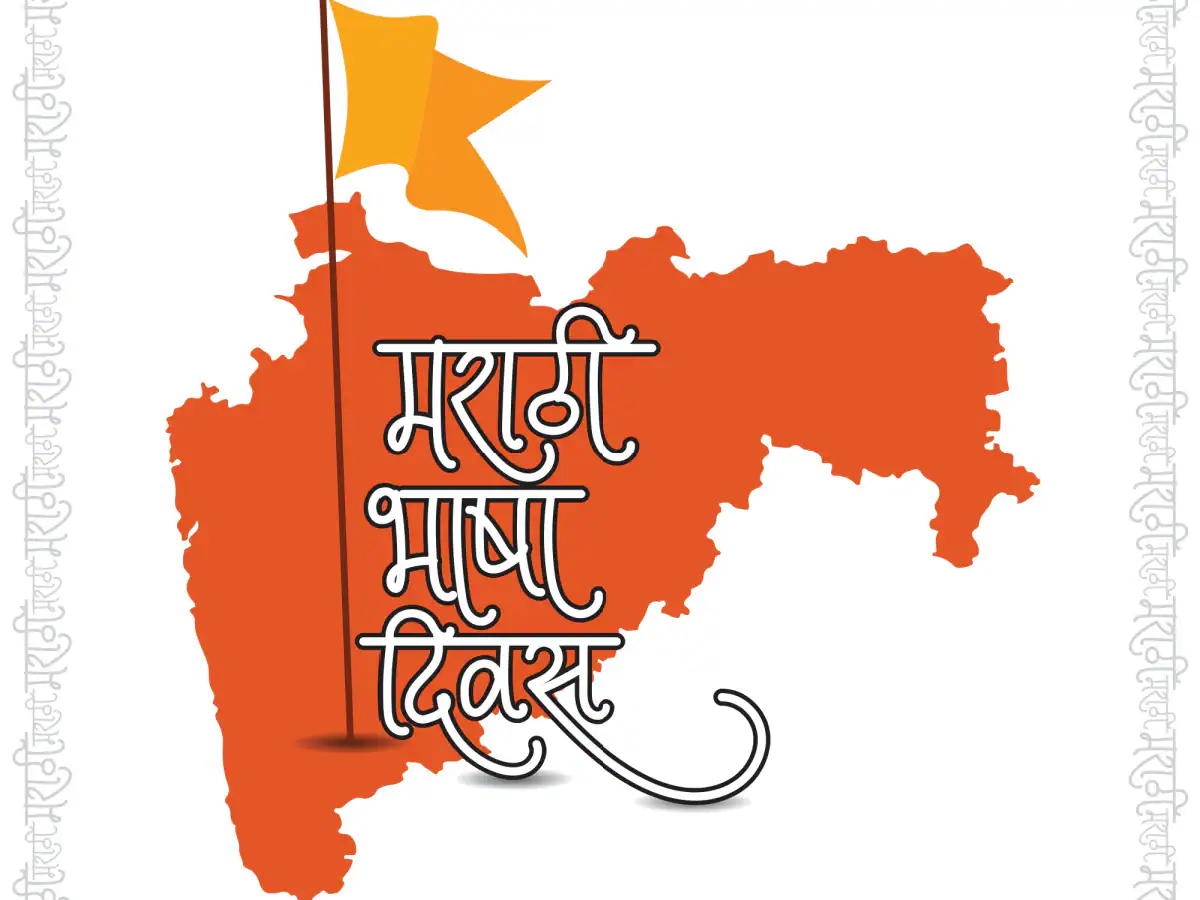Marathi, the official language of the state of Maharashtra, boasts a rich and captivating history that can be traced back to the 8th century CE. Its origins can be found in the ancient Maharashtri Prakrit, a language that emerged from the Shauraseni Prakrit and was widely used in the region during the early centuries of the Common Era.
Over the centuries, Marathi has evolved and transformed, drawing influences from various linguistic and cultural traditions that have shaped the state of Maharashtra. The earliest known literary works in Marathi date back to the 13th century, with the renowned poet-saint Dnyaneshwar’s seminal work, the “Dnyaneshwari,” which is considered a masterpiece of Marathi literature. This work, along with the writings of other prominent Maharashtrian saints and poets, laid the foundation for the language’s literary legacy.
As the centuries passed, Marathi continued to flourish, with the emergence of various regional dialects and the development of a distinct written script. The Yadava dynasty, which ruled over the Deccan region during the 13th and 14th centuries, played a significant role in the standardization and promotion of the Maharashtrian language. The subsequent rise of the Maratha Empire in the 17th and 18th centuries further cemented Marathi’s status as a language of power, culture, and administration.
Geographical distribution and speakers of Maharashtrian
The language is usually spoken in the state of Maharashtra, which lies to its far western side. The language is also spoken in togelon login certain regions of neighboring states like Karnataka, Goa, Daman and Diu and union territories.
Marathi is derived from the Sanskrit language and according to recent census data, Maharashtrian has more than 83 million native speakers in India which ranks it as a third most spoken.. It is also spoken by significant numbers in Israel and Mauritius, though not officially.
Marathi covers a wide range of geography due to the variety of Maharashtrian speaking regions, such as Coastal Konkan areas, Western Ghats hilly region & Deccan Plateau. It has given rise to a wide variety of regional and sub-regional dialects, each with its own peculiar set of linguistic features…and then some. Nonetheless, despite these differences, Marathi has been an integration medium in Maharashtra region and people of this state consider being as a part of one unit.

Unique features and characteristics of Marathi
Marathi is known for the countless number of words in its vocabulary and many more are being brewed as it’s a very flexible language. It is known from the earliest times for its distinct lyrical quality, which often comes in connection with the use of poetry as a more harmonic and rhythmic version of spoken language.
The Marathi language is further distinguished by samastha or compound word creation for versatile and intricate construction of expressions. This linguistic heritage adding colors to its hues not only enrich the texture and quality of Maharashtrian language but also mirrors intellectual depth, resilience, quiet confidence of matured thinking in Indian Philosophical Thought.
Marathi has another peculiarity in its alphabet that originates from the Devanagari script used for Sanskrit and other North Indian languages. Still the Balbodh itself had many of it’s own characters and diacrites that became very popular especially in formal writing, or by some literature genres in Maharashtrian. It has been the single most important factor in maintaining at least a handful of speakers and allowing its use as an educational language, literary medium, for governmental administration etc.
Importance of Marathi in Maharashtra’s culture and identity
Marathi is more than a language in Maharashtra – it’s the very essence of its culture and tradition. The language has been intricately woven in the fine thread of Maharashtra’s rich cultural tapestry; be it our traditions or customs or artistic expressions.
Be it the chirpiest folk tune or dance form, be it maratha’s fiercest loudness dating back a thousand years to today’s most sensuous literature works of Maharashtrian Sahitya. Not only the intellectual space but also its prestigious writers, poets and playwrights- Tukaram, Vishnu Sakharam Khandekar, Vijay Tendulkar belong to Maharashtra whose works have made lasting impact on Marathi literature as well in moulding cultural consciousness of state.
The use of Marathi has also significant importance to the religious and spiritual traditions throughout Maharashtra. The writings of Maharashtrian saints and philosophers like Dnyaneshwar, Eknath, Namdev along with Tukaram have been widely read in Maharashtra for years fathering the religious and scholarly legacy that has affected individuals across socio-religious spectra.
Marathi literature and its contribution to Indian literature
Marathi Literature boasts a rich and significant tradition that complements the changing phases in Indian literature. The language has gone from the works of ancient Marathi saint-poets to modern literary giants, all contributing their verses which are as diverse and engaging.
The earliest and among the most difficult poetic literature in Maharashtrian is a famous philosophical treatise manuscript named as Dnyaneshwari, handwritten by respected saint-poetDnyandeo(aka. This early piece of work, counting as a classics in the Marathi poetry and contributed to influence on Maharashtrian literary and spiritual traditions.
Over the centuries, Maharashtrian literature had grown richer and more diversified with other such legendary poets and writers like Tukaram, Namdev & Muktabai coming to the fore. The “Varkari” saints are singers devotional songs who have significantly contributed to literature of Maharashtra in linguistic, cultural and philosophical manner along with religious.

Marathi cinema and its impact on the film industry
Marathi cinema, often referred to as “Maharashtrian Chitrapat,” has carved out a unique and influential space within the broader landscape of Indian cinema. With a rich history dating back to the early 20th century, Marathi films have not only entertained audiences but have also served as a powerful medium for the expression of the state’s cultural identity and social concerns.
One of the earliest and most significant contributions of Maharashtrian cinema to the Indian film industry was the work of Dadasaheb Phalke, the “Father of Indian Cinema,” who produced the first full-length feature film in India, “Raja Harishchandra,” in 1913. This pioneering work laid the foundation for the development of the Marathi film industry, which would go on to produce a diverse range of cinematic masterpieces over the decades.
In the post-independence era, Maharashtrian cinema experienced a renaissance, with the emergence of filmmakers who sought to challenge the conventions of mainstream Bollywood and create a distinct cinematic language that reflected the unique cultural and social realities of Maharashtra. Directors like Shyam Benegal, Jabbar Patel, and Sumitra Bhave have been at the forefront of this movement, producing critically acclaimed films that have not only won international acclaim but have also had a profound impact on the evolution of Indian cinema as a whole.
Marathi music and performing arts
Marathi music and performing arts are an integral part of the state’s rich cultural tapestry, reflecting the diversity and vibrancy of Maharashtra’s artistic traditions. From the soulful folk melodies to the captivating classical compositions, Maharashtrian music has a long and storied history that has profoundly influenced the broader landscape of Indian music.
One of the most iconic and enduring forms of Maharashtrian music is the “Abhang,” a devotional genre that originated in the 13th century and is closely associated with the Varkari saint-poets. These lyrical compositions, which often express themes of devotion, spirituality, and social justice, have not only enriched the musical heritage of Maharashtra but have also had a lasting impact on the development of Indian classical music.
In addition to the Abhang tradition, Maharashtrian music is also renowned for its diverse array of folk genres, such as the energetic “Lavani” dance-drama and the haunting “Tamasha” folk theater. These forms of artistic expression have not only entertained audiences but have also served as a means of preserving and transmitting the cultural traditions of Maharashtra to successive generations.
Learning Marathi as a second language
For those interested in exploring the rich cultural and linguistic tapestry of Maharashtra, learning Marathi as a second language can be a deeply rewarding experience. Whether you are a student, a traveler, or a professional seeking to expand your linguistic horizons, mastering the Marathi language can open up a world of opportunities and insights.
One of the primary advantages of learning Maharashtrian is the ability to engage more deeply with the state’s rich cultural heritage. By understanding the language, you can delve into the vast corpus of Marathi literature, explore the captivating world of Maharashtrian cinema, and immerse yourself in the vibrant traditions of Marathi music and performing arts. This linguistic proficiency can also enhance your appreciation of Maharashtra’s diverse religious and spiritual practices, as well as its rich culinary traditions.
Furthermore, learning Marathi can be a valuable asset in professional and academic contexts, particularly for those working in fields related to Maharashtra or seeking to engage with the state’s thriving business and entrepreneurial ecosystems. The ability to communicate in Maharashtrian can open doors to new opportunities, foster cross-cultural understanding, and facilitate more meaningful interactions with the local population.

Conclusion: Preserving and promoting Marathi language and culture
As we have explored, Marathi is a language that is deeply intertwined with the cultural identity and heritage of the state of Maharashtra. From its ancient literary roots to its vibrant contemporary expressions, Maharashtrian has played a vital role in shaping the unique character of the region and its people.
In an era of globalization and increasing linguistic diversity, it is essential that we recognize the importance of preserving and promoting the Marathi language and culture. This not only ensures the continued vitality of Maharashtra’s rich artistic and intellectual traditions but also contributes to the broader tapestry of India’s linguistic and cultural diversity. If you like reading this article then please consider reading our article about Israel.

